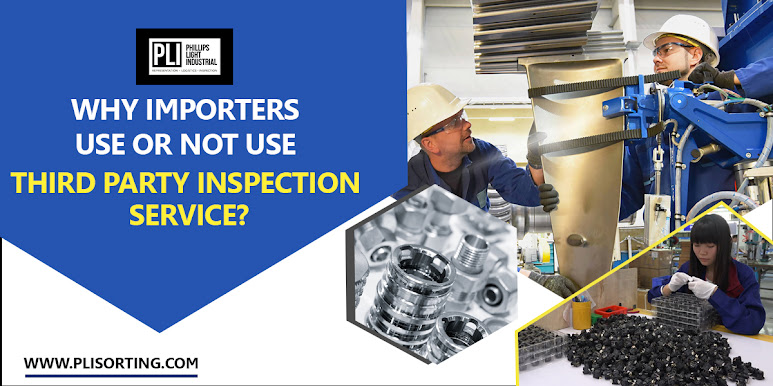How Quality Control Inspections Works?
Lab tests
Laboratory tests are performed to ensure products are safe and comply with government regulations. Some tests require specific equipment and techniques. A detailed analysis of the results can provide assurances of product quality. These tests are essential for manufacturing processes. They can identify deficiencies and improve performance.
These tests can also help manufacturers determine whether a raw material or product is safe for use. Products are checked for safety risks, including hazardous chemicals and contaminants. Having a certified laboratory to conduct these tests can save the production line from mishaps. Having a quality control inspector on-site is important. However, this role is generally under the control of factory management. Manufacturers should work with factories they trust. This includes suppliers, as well as their own internal quality control inspectors.
Also, read about Benefits of Part Sorting and Inspection Services
Statistical Quality Control (SQC)
Statistical quality control inspections are important for the quality control of products. They can be used to identify errors in products, as well as to determine their overall quality characteristics. Unlike traditional inspection methods, statistical quality control uses statistical techniques. This helps in identifying quality problems and improving the overall performance of the production process. Statistics also deals with interpretation. This is useful in determining the natural range of variation of a particular process, analyzing the effects of a problem, and deciding how much inspection to do.
Total Quality Management
Quality control inspections are an important component in maintaining product quality. Many quality inspection companies use these inspections to determine whether or not processes are lining up with their quality regulations. Total quality management (TQM) is a quality-oriented approach to business that focuses on continuous improvement and performance to improve the overall success of the organization. It involves all aspects of an organization, from employees to the supply chain.
Detect Tolerance Variances And Identify Deviations In Real Time
There are several methods of detecting tolerance variances and identifying deviations during quality control inspections. First, you must determine the profile of the surface. This refers to the three-dimensional tolerance zone around the desired surface. This zone is typically measured with a CMM. When the CMM measures the entire surface, the inspector will be able to determine if it falls within the tolerance zones. If a measurement is out of the tolerance zone, it will need to be rejected.




Comments
Post a Comment